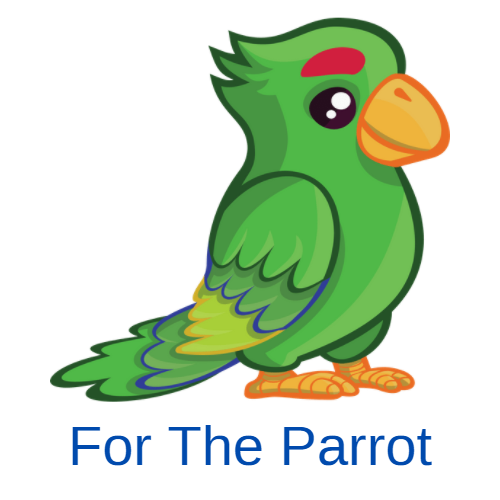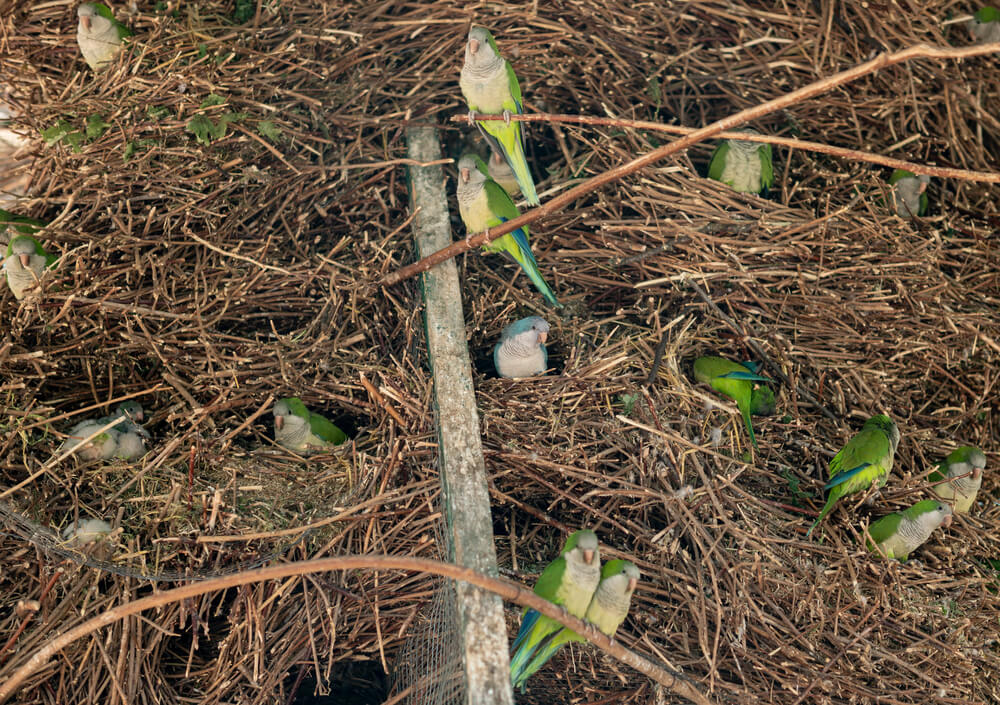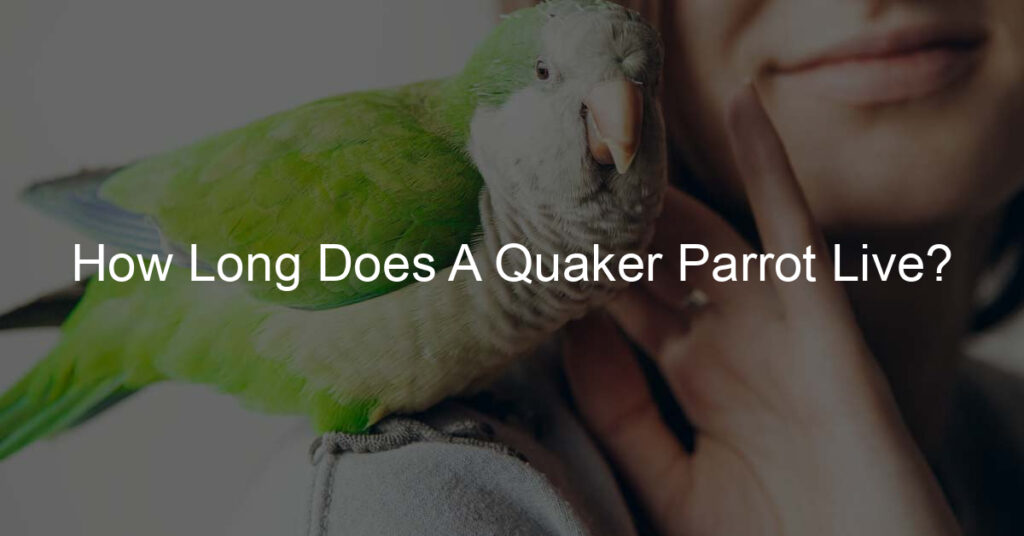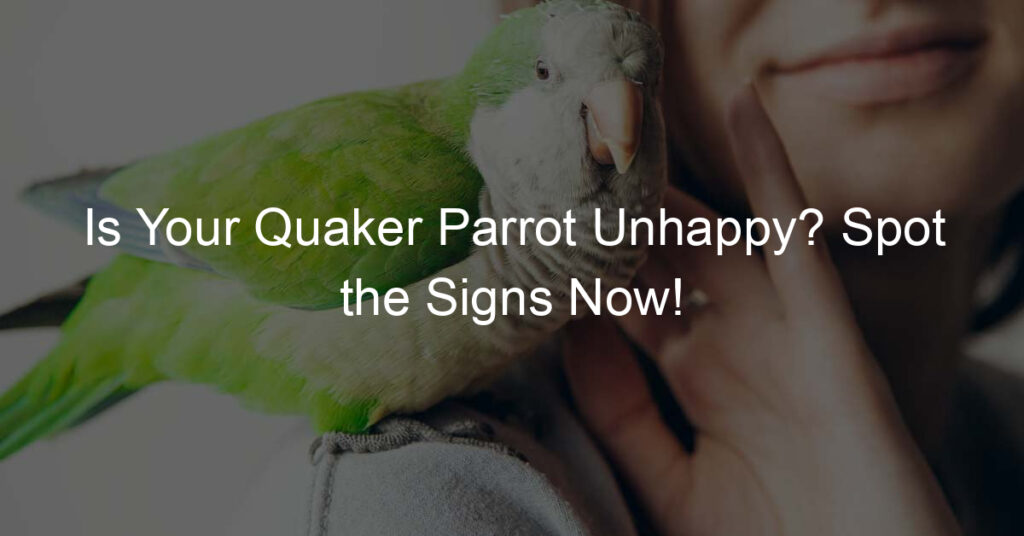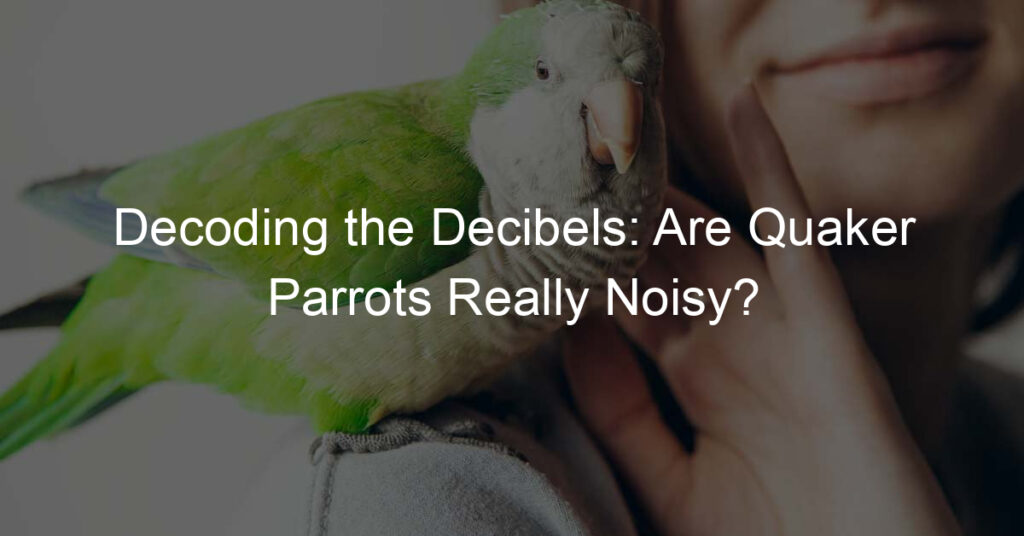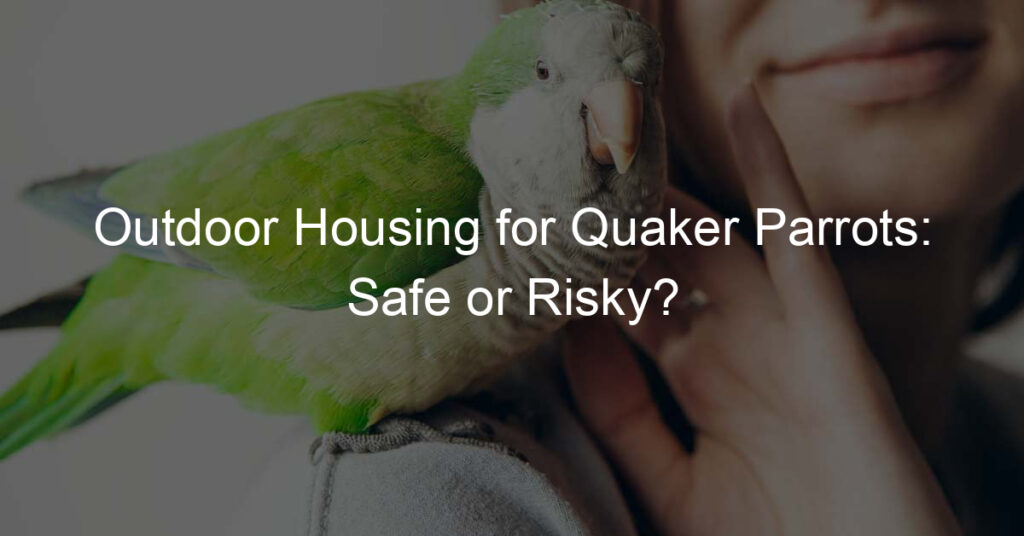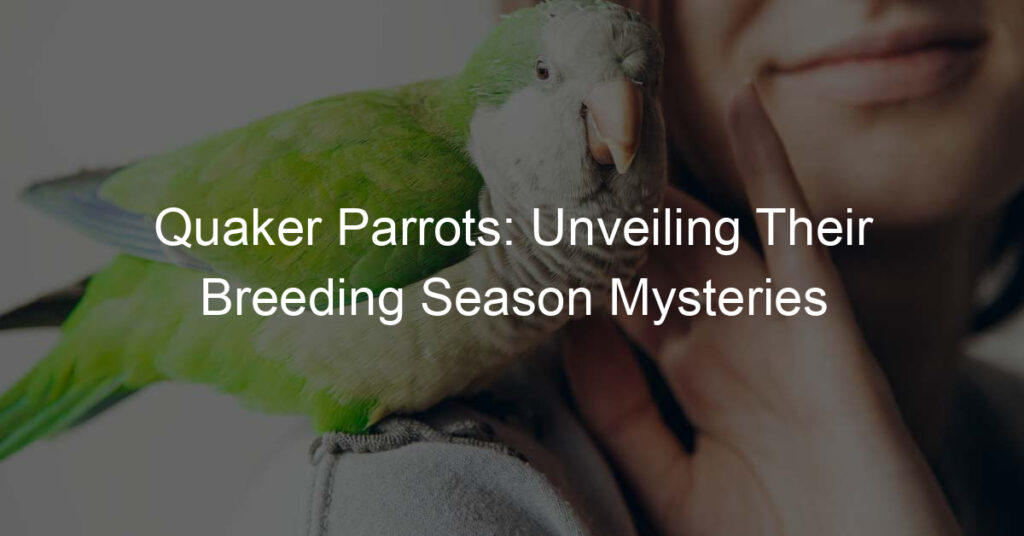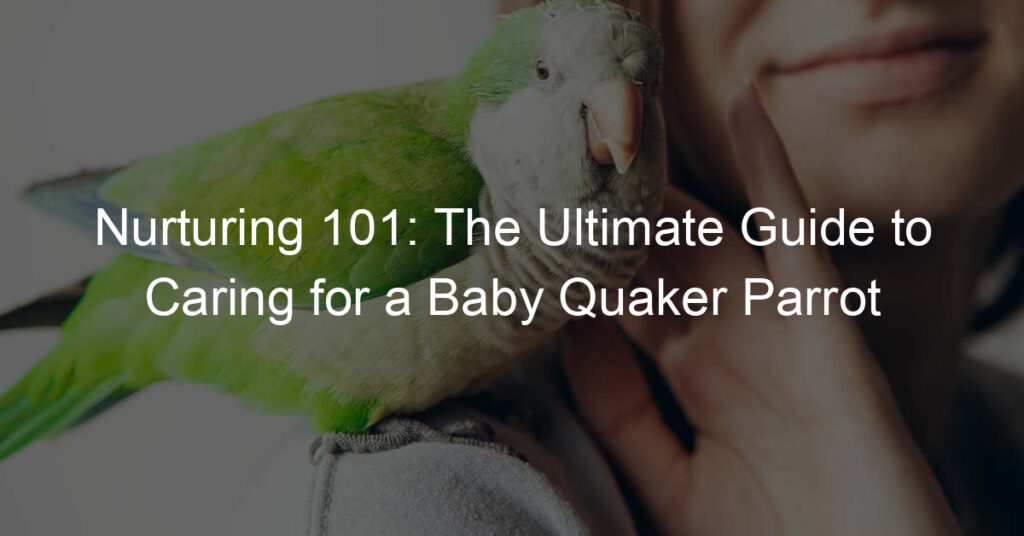Parrots do not need a nest and would prefer to live in hollowed out trees or grounds. The Quaker parrot is one of three hundred and ninety-three species of parrots. But unlike most parrots this type has an innate need to build a home. They use their keen eye for detail and natural ability to cut things to size to build long-lasting structures. And they do so adding rooms as their population increases.
What is the best nesting material for parrots?
Whether they are living in a tree a box or a fragile wooden building Quaker parrots require nesting material for breeding. Although other parrots abandon their nests once they’ve raised their chicks Quakers build a permanent home within their nest where they can socialize with other birds. Unless the nest is destroyed the birds won’t leave it and instead will build a new home for themselves and their flock.
The nesting material for Quakers should be non-toxic and safe for both birds and the environment. Quakers will usually nest in sticks or branches but you can also use metal or wood nestboxes as long as they can be disinfected with a bleach solution. You can also use untreated pine shavings for the nesting material. Remember however that these parrots love to nest in metal nestboxes and these are more prone to damage.
What do quaker parrots need in their cage?
The Quaker Parrot is a curious playful bird. It needs a safe habitat to grow and develop. It also needs a lot of toys and perches to play with. For a comfortable cage consider adding perches and branches made of tree branches. Moreover quaker parrots are tolerant of cold temperatures. Hence they make excellent pets for people living in cold climates.
In addition to toys Quakers need enrichment as it enhances their quality of life and links back to the activities in the wild. Foraging is a crucial part of enrichment because it exercises a bird’s mind. You can buy foraging toys for your Quaker Parrots or any other species that you own. Rotate the toys every two to three weeks to ensure that they remain stimulating.
For a quality cage for your Quaker ensure that it is made from non-toxic materials. Stainless steel or powder-coated steel are both safe and durable materials. You must avoid plastic dishes with lead paint as these could be chewed by Quaker parrots. For easy cleaning use water bottles instead of standard dishes. They can also bathe in the water.
Why is your parrot making a nest?
When your Quaker parrot is bored it will start to attack items both inside and outside its cage. The behavior can be harmful or destructive and it can be dangerous for your pet. Quakers also like to break apart items in their cages so they will often borrow things from their owners. This behavior is often the cause of nest-making. If you see a stick-shaped object it is likely a Quaker parrot.
If your Quaker parrot is aggressive or shows signs of aggression you may have a breeding problem. Because Quaker parrots are territorial birds they will defend their territory and nest with a nest. If you have a bird who is not as protective of his or her space it may attempt to communicate with you through noise or beak clicking. It may also enlarge its eyes or fluff up its feathers.
How can you tell if a Quaker parrot is pregnant?
A female Quaker can lay eggs anytime after reaching the age of six months. During this time she is likely to develop a tearing behavior and may tear up the cage materials. Her egg will be sac-shaped so it will not be easy to detect it. If you do find the eggs do not remove the shell! You could negatively affect the health of the baby.
The answer to the question ‘How can you tell if a Quakers is pregnant?’ is not always obvious. While Quakers are prolific and easy to breed it is important to note that fewer females means more aggressive behavior. A few females is not enough and the bird may even start to pick on its own young. To prevent this behavior it is best to house three or four pairs together. Remember males and females should have an equal number of cage mates and if possible a mix of both sexes. If you notice that your female Quaker parrot is squabbling over nesting materials you can give her some time to decide on another date.
